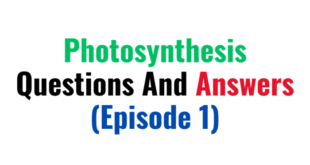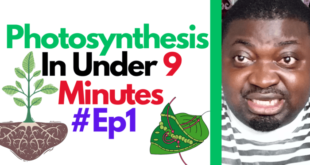In this tutorial, I will explain the photosynthesis stages in under 13 minutes to help you understand them better.
I will also define the various stages of photosynthesis and give specific examples for a better understanding.
Watch The Below Video For Details, And Also Make Sure To Check Key Points And HighLights
Important Highlights
Light-Dependent Reactions:
Occur in chloroplast thylakoid membranes, requiring light energy
ATP Production:
Light energy converts ADP to ATP during the light stage
Photolysis:
Water molecules are split to release oxygen as a byproduct
Carbon Fixation:
The dark stage occurs in the stroma, converting CO₂ to glucose using ATP and NADPH
Rubisco Enzyme:
Facilitates the fixation of carbon dioxide with ribulose bisphosphate
Photosynthesis Definition:
Photosynthesis is the process by which green plants convert solar energy into chemical energy, producing food and oxygen
Thylakoid vs. Stroma:
Understanding the distinct locations of the light and dark reactions is crucial for grasping how photosynthesis works
Energy Transformation:
The transition from light energy to chemical energy (ATP) is a fundamental concept in the energy conversion processes of plants
Importance of Water:
Water splitting (photolysis) is essential not only for oxygen production but also for sustaining the photosynthetic process
Cycle Continuation:
The regeneration of ribulose bisphosphate in the dark stage ensures the continuity of the Calvin cycle in carbon fixation
Send Us A Message On WhatsApp (+49 1516 6841930) If You Have Any Questions Relating To This Topic, And We Will Reply You As quickly as We Can. Check Out Other Related Post In This Category
Sharing Is Caring
 1blogxyz.com Contents Worth Sharing
1blogxyz.com Contents Worth Sharing



